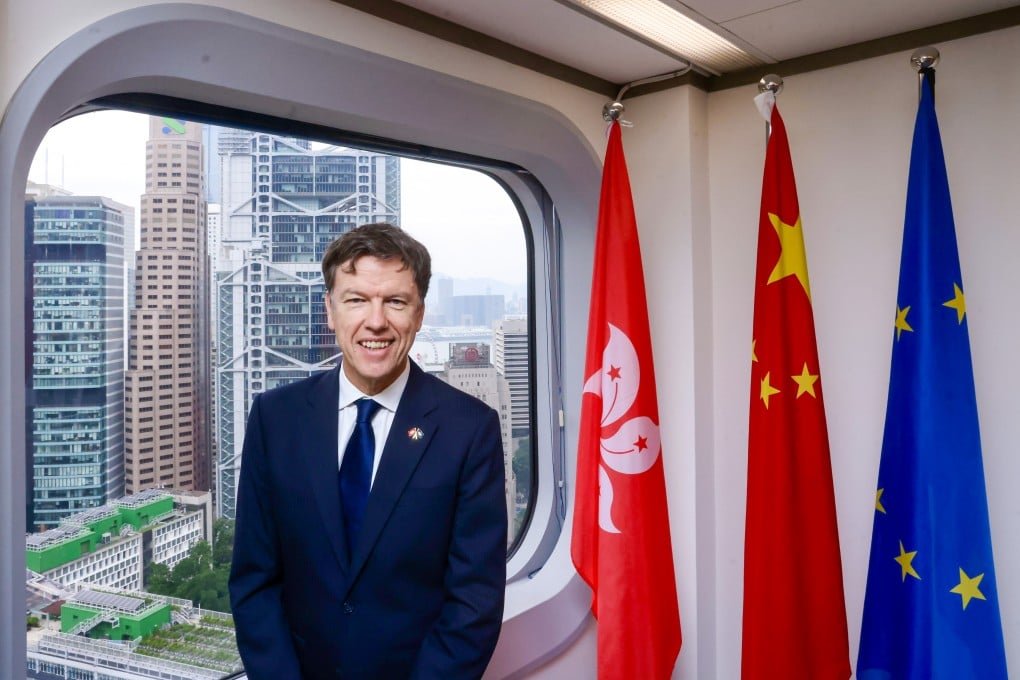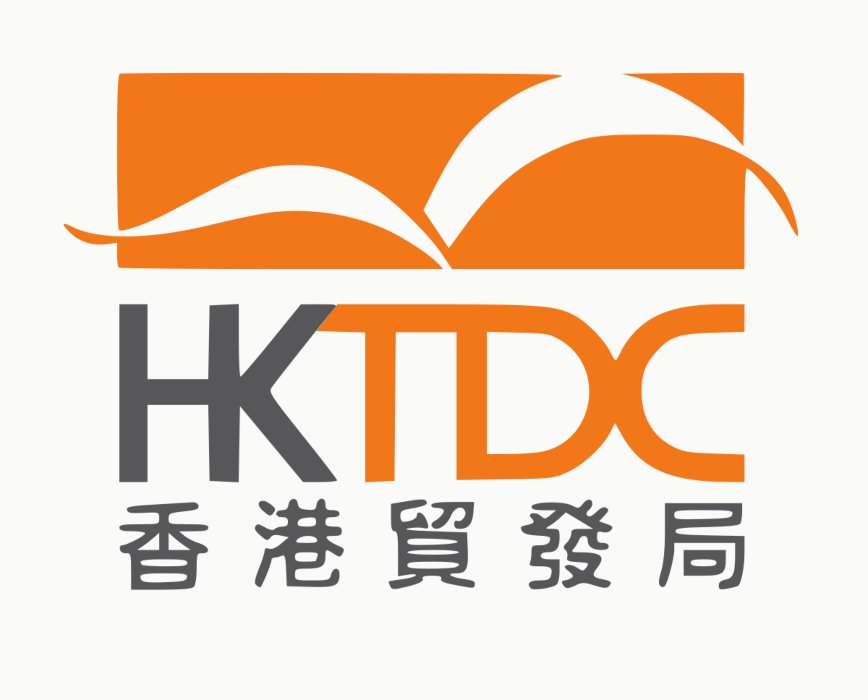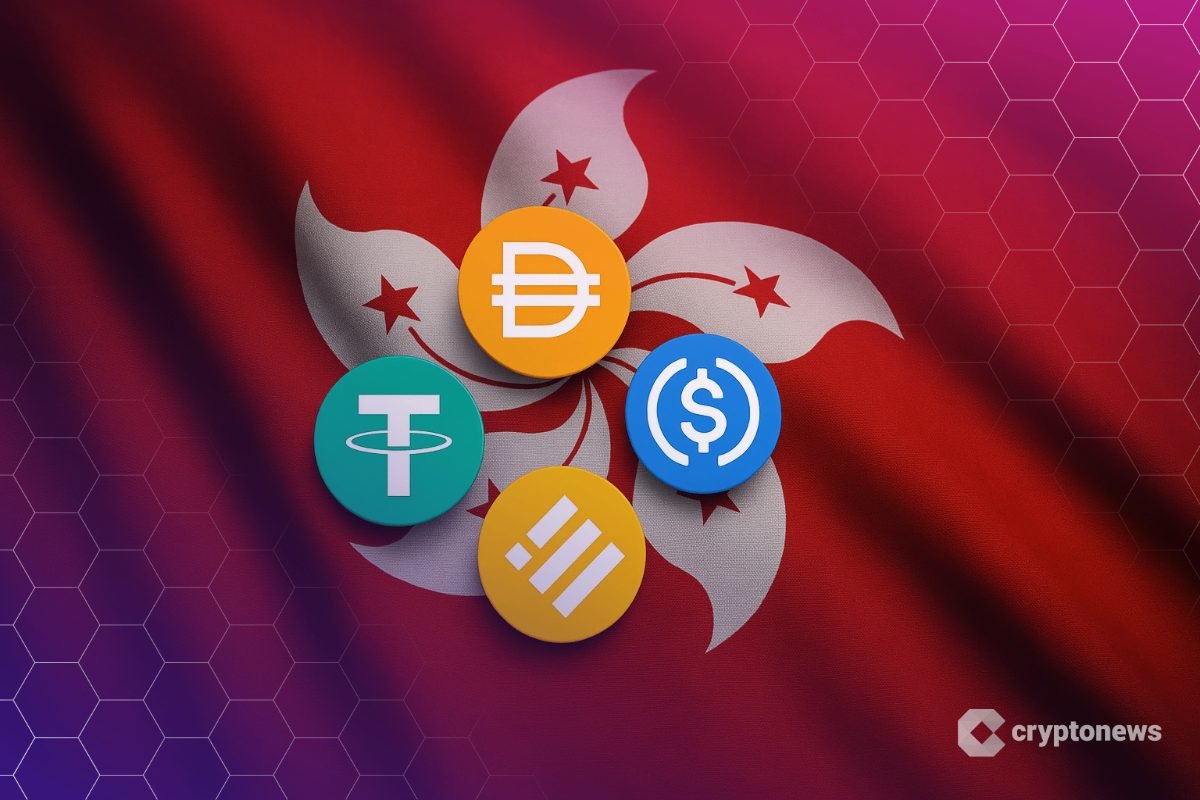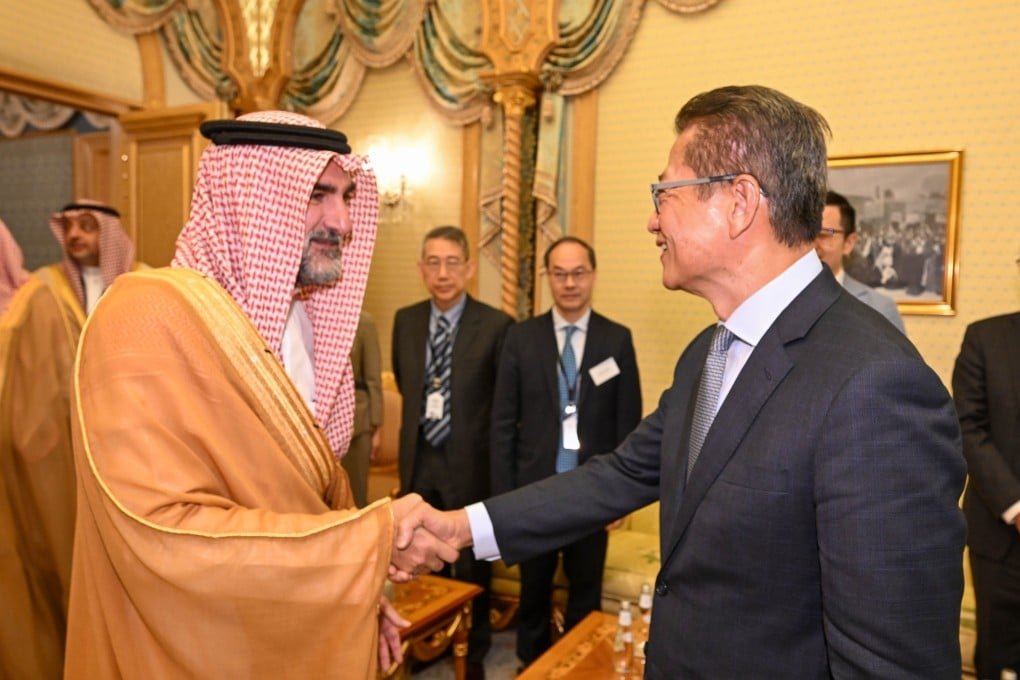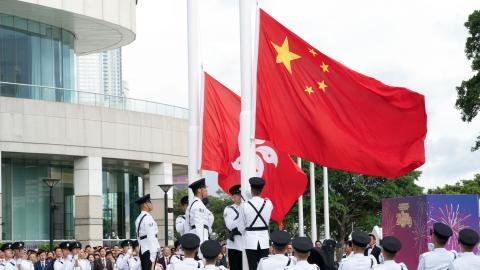
Speaking in a recent interview, she highlighted that exports now represent about 19 per cent of China’s gross domestic product, down from a peak of 36 per cent, and that sales to the United States accounted for only around 2.8 per cent of GDP last year.
Liu described how Chinese innovation tends to take an existing idea and scale it massively (“one to 1.1”) or combine functions to create platforms (e.g., WeChat) rather than inventing entirely new categories.
She cited firms like Contemporary Amperex Technology Co Ltd (“CATL”) as examples of “0.1” innovators that focus on a single component—batteries—and achieve global dominance.
She said this kind of incremental, system-scale innovation is nonetheless genuine and globally impactful.
On the trajectory of US-China competition, Liu warned that the rivalry now encompasses technology, ideology and global governance, not merely trade.
She expressed concern that heightened bilateral tensions risk dragging both countries—and the world—into conflict.
While referencing the “Thucydides Trap”, she said war is not inevitable but could be precipitated by hawkish leadership or unchecked public sentiment.
Liu suggested emerging-market states could offer a stabilising “third pillar” in the global system that might moderate the bipolar contest.
Turning to women’s advancement, Liu noted that despite progress in education and participation, women in China still do twice as much housework and childcare compared with men.
She emphasised that achieving gender equality is not only a social objective but also essential for sustaining economic growth.
“Women hold up half the sky,” she said, borrowing the Chinese proverb to affirm their pivotal role.
Liu concluded by calling for greater trust-building between China and the outside world: “Curiosity and personal experience are our best tools to bridge perception gaps.” She argued that external observers should engage directly with China’s ecosystem rather than relying on second-hand narratives, noting that the country’s innovation ecosystem and economic strategy merit nuanced understanding.


